- Home
- >
- Preservation Archaeology Blog
- >
- An Arizona Icelandic Saga
A little more than a week ago, I was lucky enough to travel with ten other Southwestern archaeologists to the city of Akureyri in northern Iceland. We went there to take part in a collaborative research meeting with a group of climate scientists and archaeologists working in the circumpolar North Atlantic.
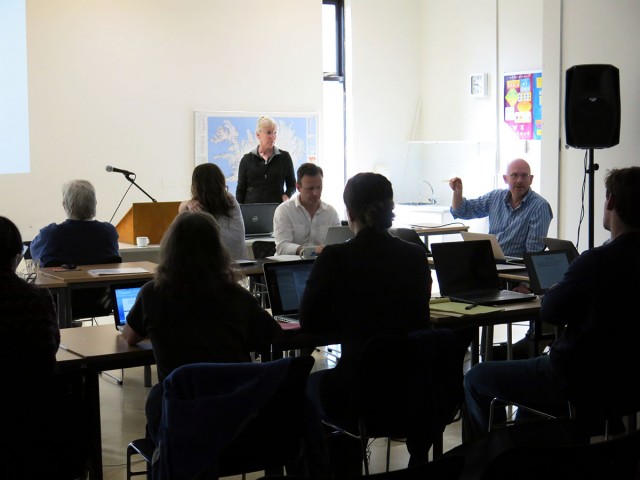
I know you are asking, “Why would a bunch of Southwestern archaeologists travel so far to talk with scholars working in such a different cultural and environmental setting?” Actually, this was the fourth such working session organized between two teams of researchers that have each been working separately for more than a decade. (Now prepare yourself for an alphabet soup of acronyms.)
The first group of researchers comprises Southwestern specialists, mostly from Arizona State University (ASU), who have been working on the Long-term Vulnerability and Transformation Project (LTVTP). I’ve been working with this team since I first came to Arizona to start graduate school at ASU. The LTVTP group explores the interactions between people and the environment in the Southwest, considering—for example—the role that social and ecological diversity play in allowing societies to navigate environmental uncertainty over the long term.
The second group of scholars consists of a large international team with members working in many different countries across the circumpolar North Atlantic—Greenland, Iceland, Scotland, Faroe Islands, Canada, Norway, and so on. This group is the North Atlantic Biocultural Organisation, or NABO. “Nabo” means “neighbor” in Norwegian, and this reflects the attitude of this diverse group of scholars. They have shared data, resources (such as vehicles), and student training opportunities across a number of projects in the North Atlantic for more than twenty years.
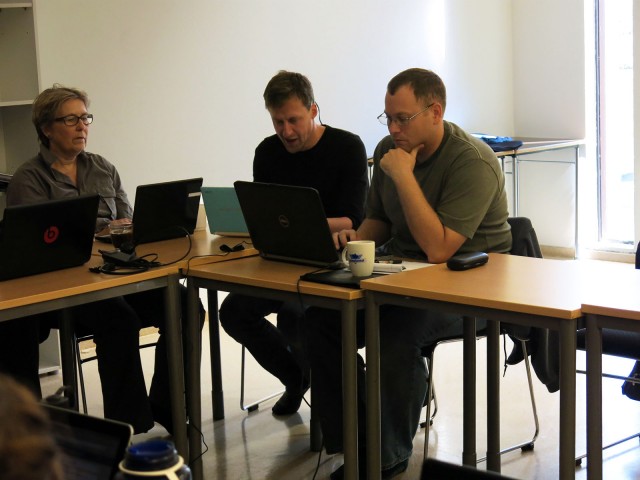
So, how did these two groups of researchers come together? It all started back in 2009, at a research conference in Eagle Hill, Maine, attended by members of the LTVTP and NABO teams (the book resulting from the conference is available as a free PDF download from the University Press of Colorado). As is so often the case, the conversations over dinner in the hours after the official conference proved to be as productive as the formal presentations, if not more so. Although the two research environments (the Southwest and the North Atlantic) may seem very different, our informal conversations revealed particularly interesting similarities. Desiring to pursue some of these discussions further and more formally, the two groups worked together to obtain funds from the Wenner-Gren Foundation for Anthropological Research and the National Science Foundation Division of Polar Programs to convene a series of collaborative meetings, including the recent meeting in Akureyri.
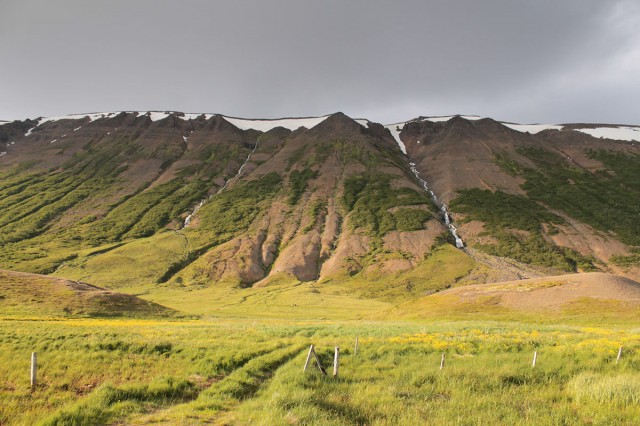
What do we talk about? These two regions are, of course, about as different as can be, by some measures: a semi-arid to arid desert, versus a cold, wet, and largely coastal environment. Viewed another way, however, these two areas actually have several important features in common. For example, in the past, both areas were characterized by similar population densities and scales of agriculture, as well as by a series of local booms and busts driven, in part, by changing climatic and environmental conditions. Importantly, both of these areas are also marked by excellent chronological resolution, based on dendrochronology (tree-ring dating) in the Southwest and on tephrachronology (the dating of volcanic ash layers from specific eruptions) and limited historical records in the North Atlantic. Such chronological precision enables us to explore people’s responses to specific environmental events or periods of change with considerable specificity.
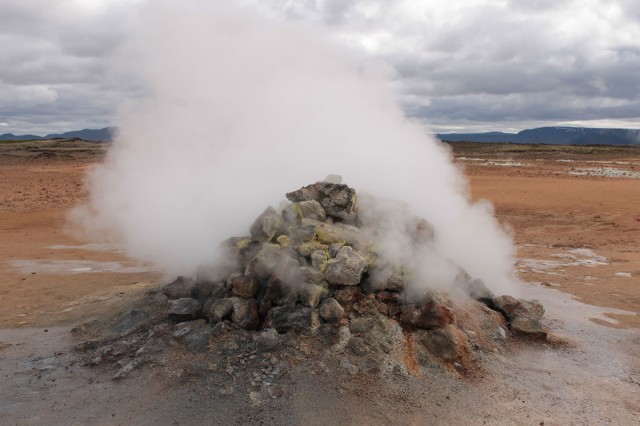
Together, we have been addressing a number of questions, mostly revolving around human responses, vulnerabilities, and resilience to environmental change over the long term. By comparing different areas in the Southwest and the North Atlantic, we ask how climatic events of varying temporal scale influence social change. For example, do negative climate events that occur very rarely (in other words, outside of the experience of any person living at a given time) have greater impacts than those that occur more often? We also examine whether certain kinds of social configurations—for example, different styles of community organization or leadership—tend to make particular settings more or less vulnerable to certain kinds of environmental uncertainty.
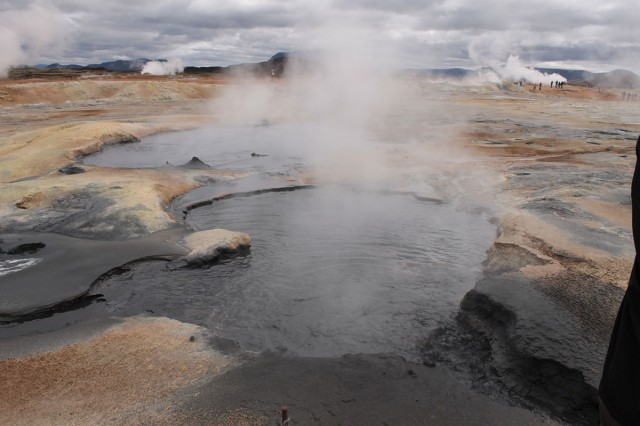
Importantly, this collaboration also seeks to understand the “human experience” of social and environmental change, by exploring how the broad-scale changes we document archaeologically may have affected the lives of individuals. Some of our initial findings suggest that, in the Southwest and the North Atlantic, particularly severe periods of social change (and periods often termed “collapse”) following periods of environmental stress do not appear to be strongly related to the availability of food resources. Instead, dramatic social changes are more often associated with other kinds of social vulnerabilities—for example, a lack of options for moving and a lack of social connections to other regions. We are excited about the new and interesting directions this research is taking us in, and we see this as a test case for comparative research among other such seemingly mismatched study areas.
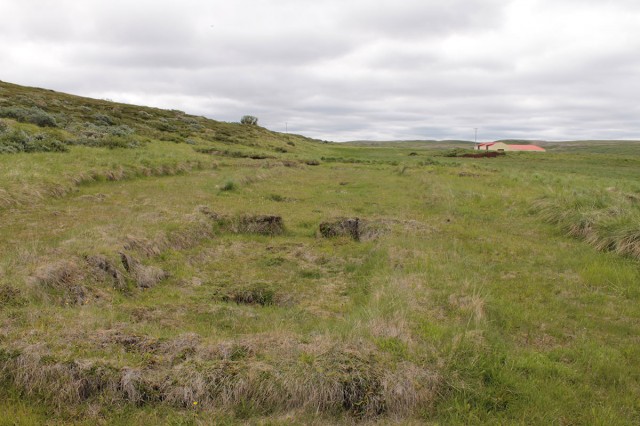
I found Iceland truly amazing. Because we were just a short distance south of the Arctic Circle, the summer sun never really set. We had about 30 minutes of nice sunset colors but no real darkness. It’s the kind of landscape that makes your inner Bob Ross want to grab a paintbrush. We were able to see a number of incredible Icelandic archaeological sites, including a famous Viking age feasting hall called Hofstaðir. We also saw eerie and astounding geothermal landscapes, with boiling pools of black water that looked like they belonged on the surface of another planet. Interestingly enough, there were also familiar sights: we drove past ancient farms, still in operation today, named Fornholt and Gamalstad! (Regular readers of this blog will recognize those as the names of sites Archaeology Southwest has investigated in the Mule Creek area of New Mexico; see here and here.) Finally, on a side street in Reykjavik on our last day in Iceland, we saw this manhole cover marked with what I’d like to think is a classic image of a saguaro, which made a quite nice final chapter in our Arizona Icelandic Saga.
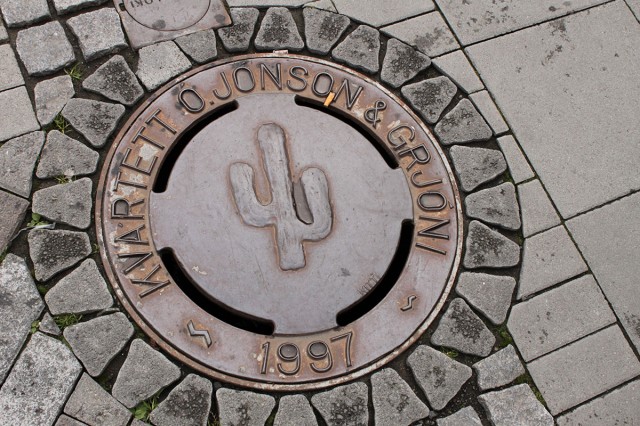
One thought on “An Arizona Icelandic Saga”
Comments are closed.
Explore the News
-
Join Today
Keep up with the latest discoveries in southwestern archaeology. Join today, and receive Archaeology Southwest Magazine, among other member benefits.
Another interesting adventure. Thanks for the article, Matt.